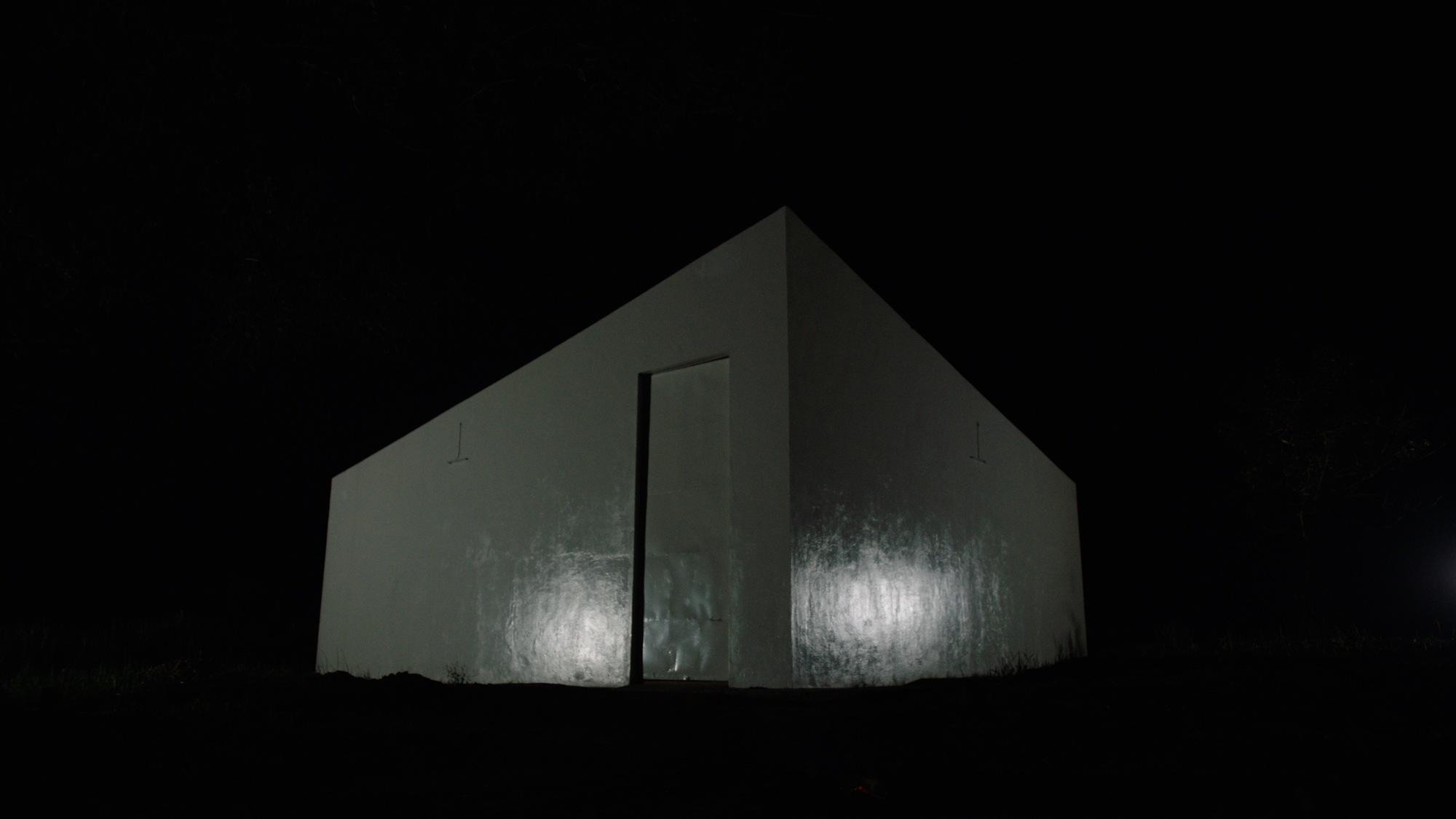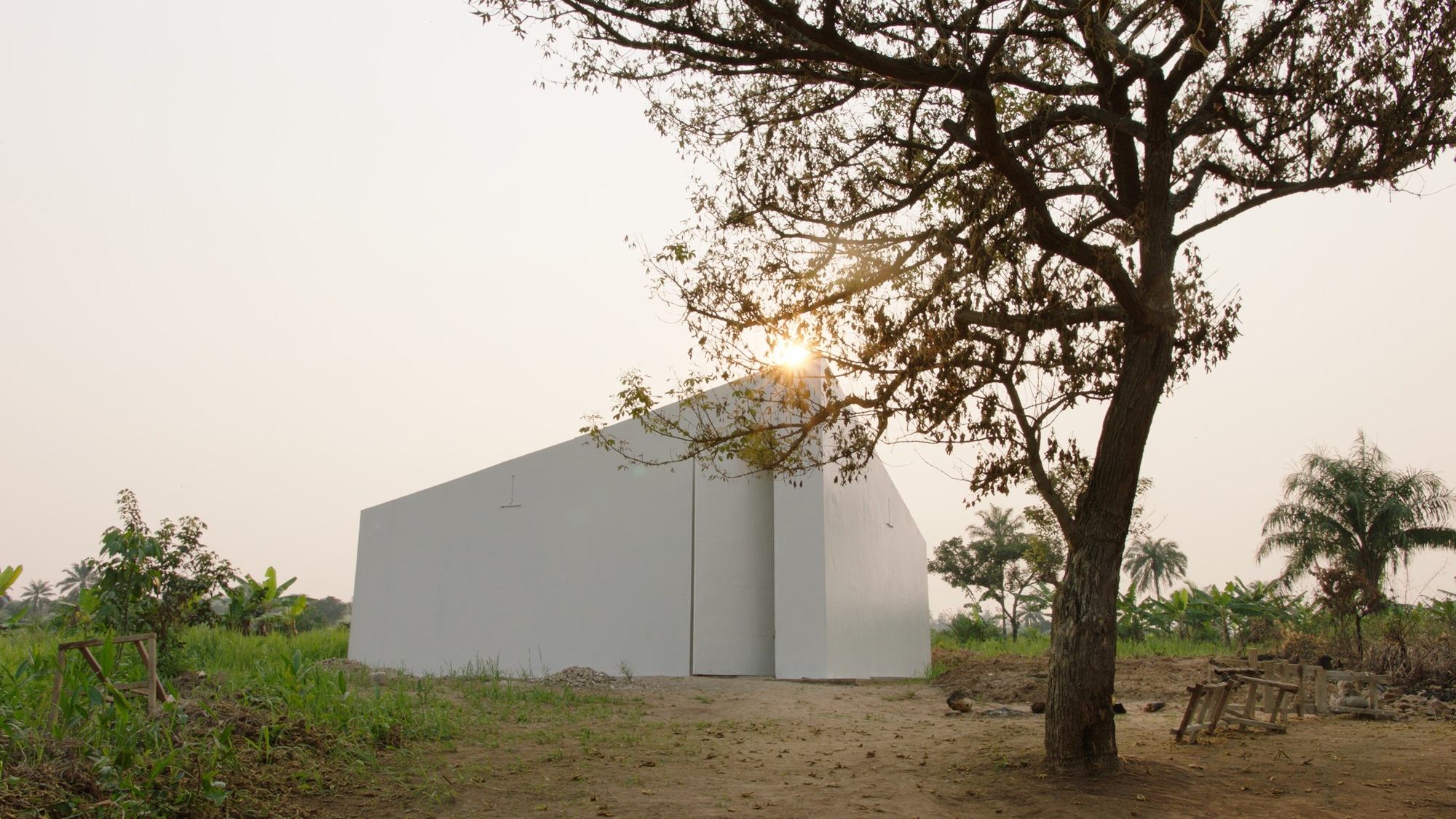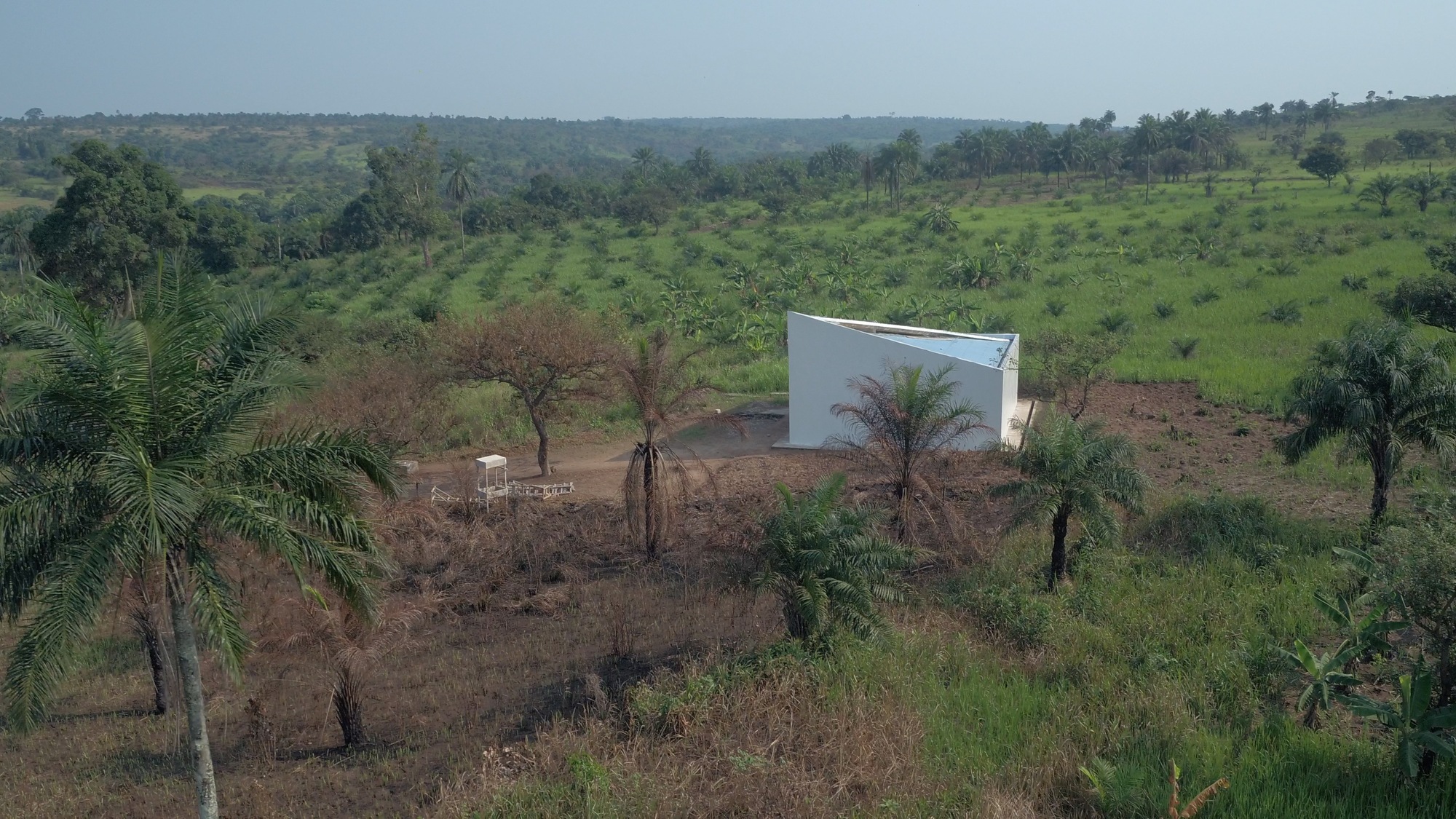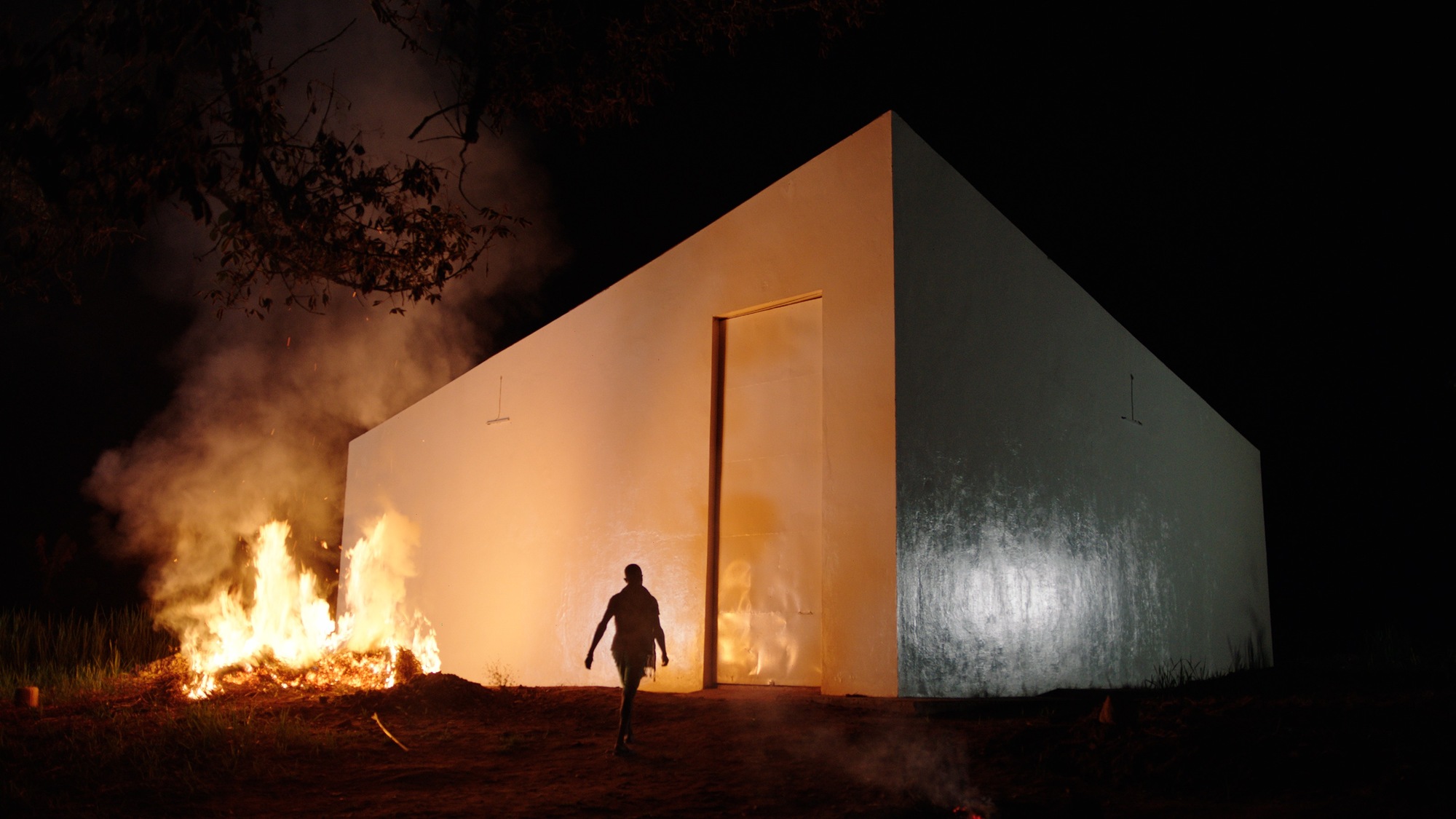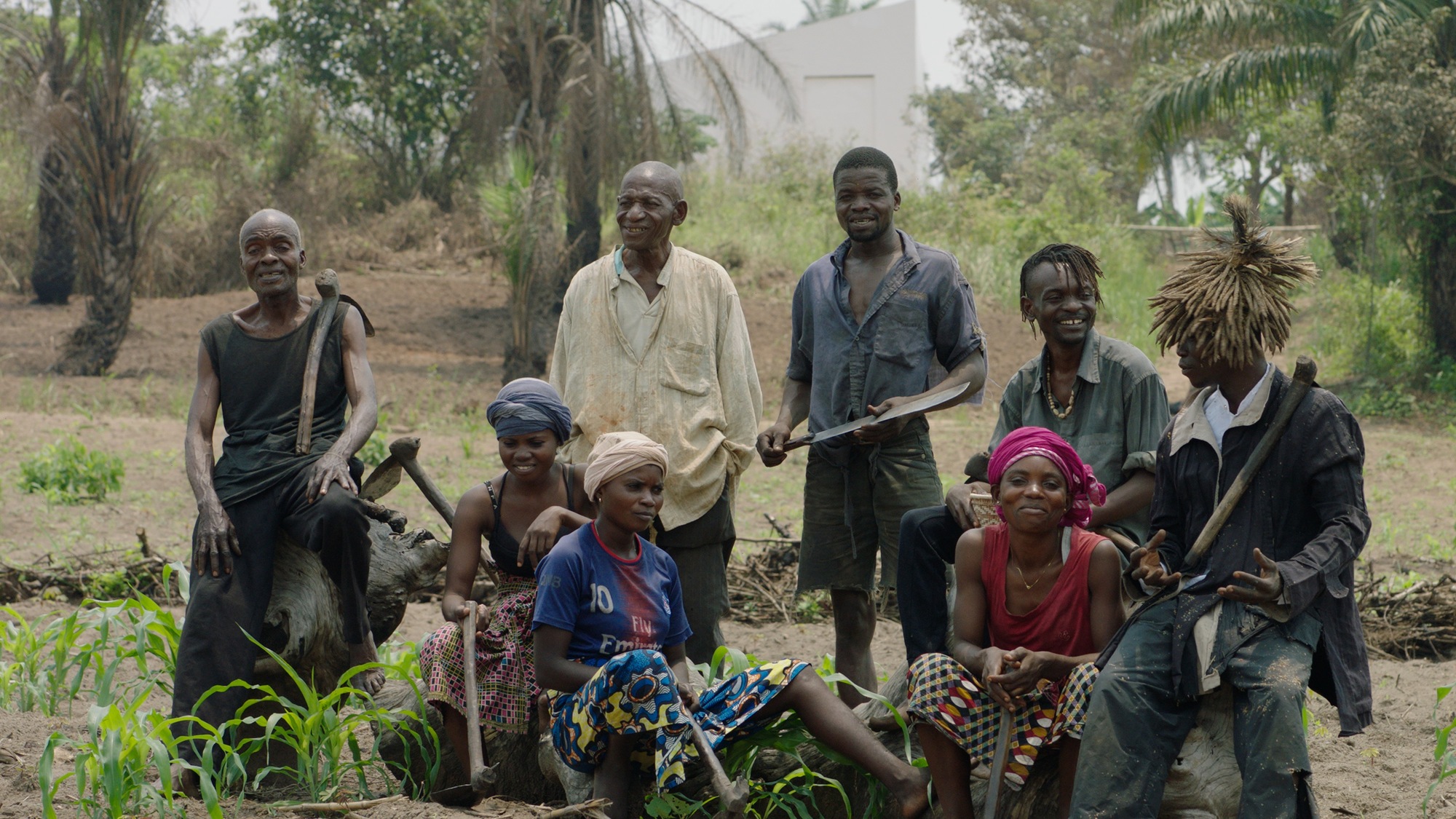Appearing neutral in shape and colour, a white cube insulates art from the sociopolitical realm, sustaining its timeless value in an everlasting investment cycle. As a white cube foregrounds artists and patrons, it leaves the bottom of the global economic chain out of the canvas: human labours that generate capital for international corporations to fund art creations, yet receive no economic benefit from the art economy. Established as an apolitical space to sustain art’s timeless value, can a white cube still be a platform to address inequality in the art economy, or even an active agent to make timely social changes?
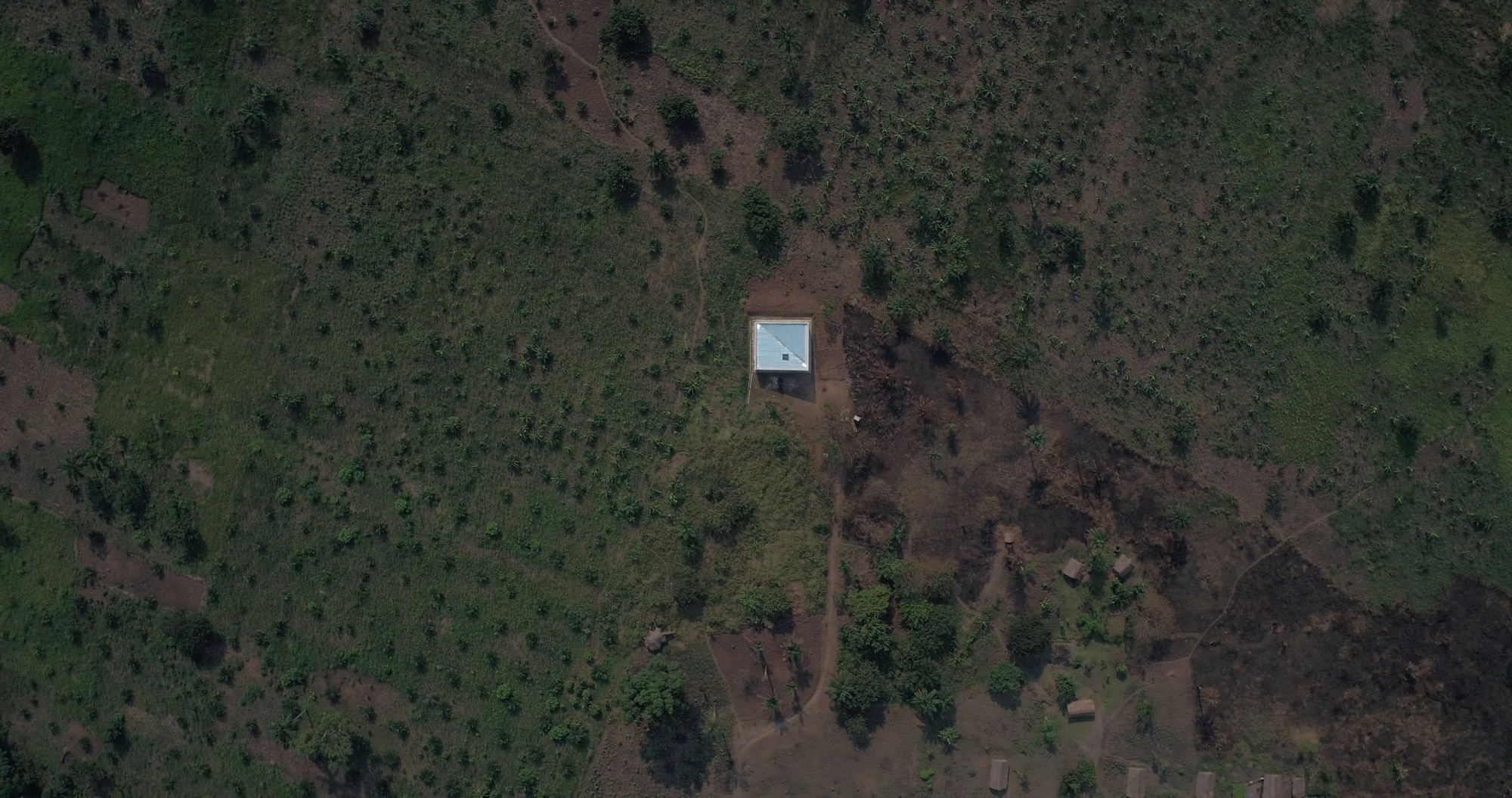
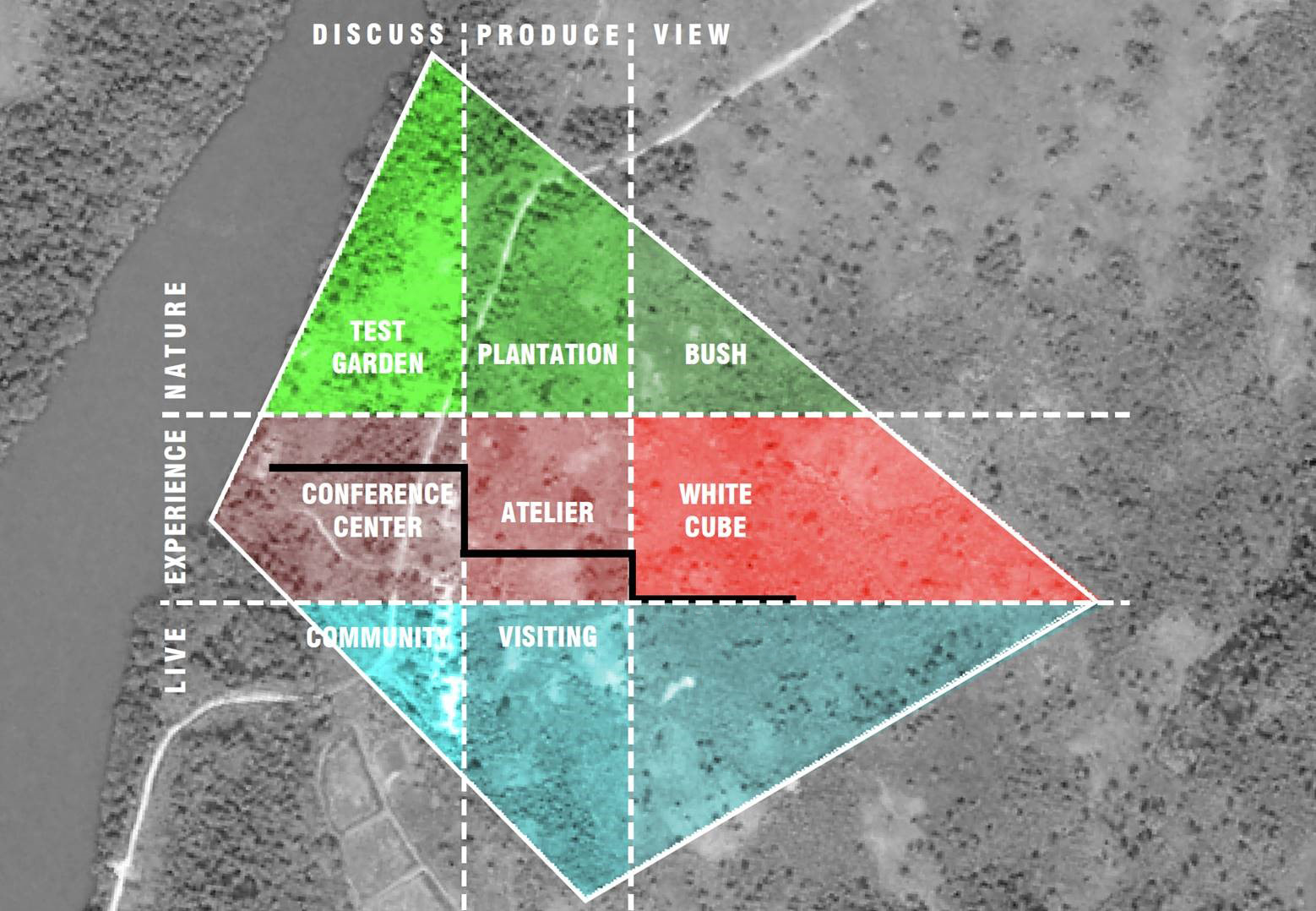
Located at an abandoned plantation in Lusanga, White Cube LIRCAEI is part of a masterplan conceived to support a new art economic model that includes local Congolese labours in art creation and profit-sharing. First conceptualised by the Lusanga International Research Centre on Art and Economic Inequality (LIRCAEI), the model generates income from selling art made by Congolese labours to the international art market. The labours then buy back the plantations once owned by international corporations and transform them into sites for ecological farming. This model supports a more egalitarian art economy where value produced by Congolese labours retains in the community, rather than being channeled through international corporations into an art market beyond the local labours’ reach.
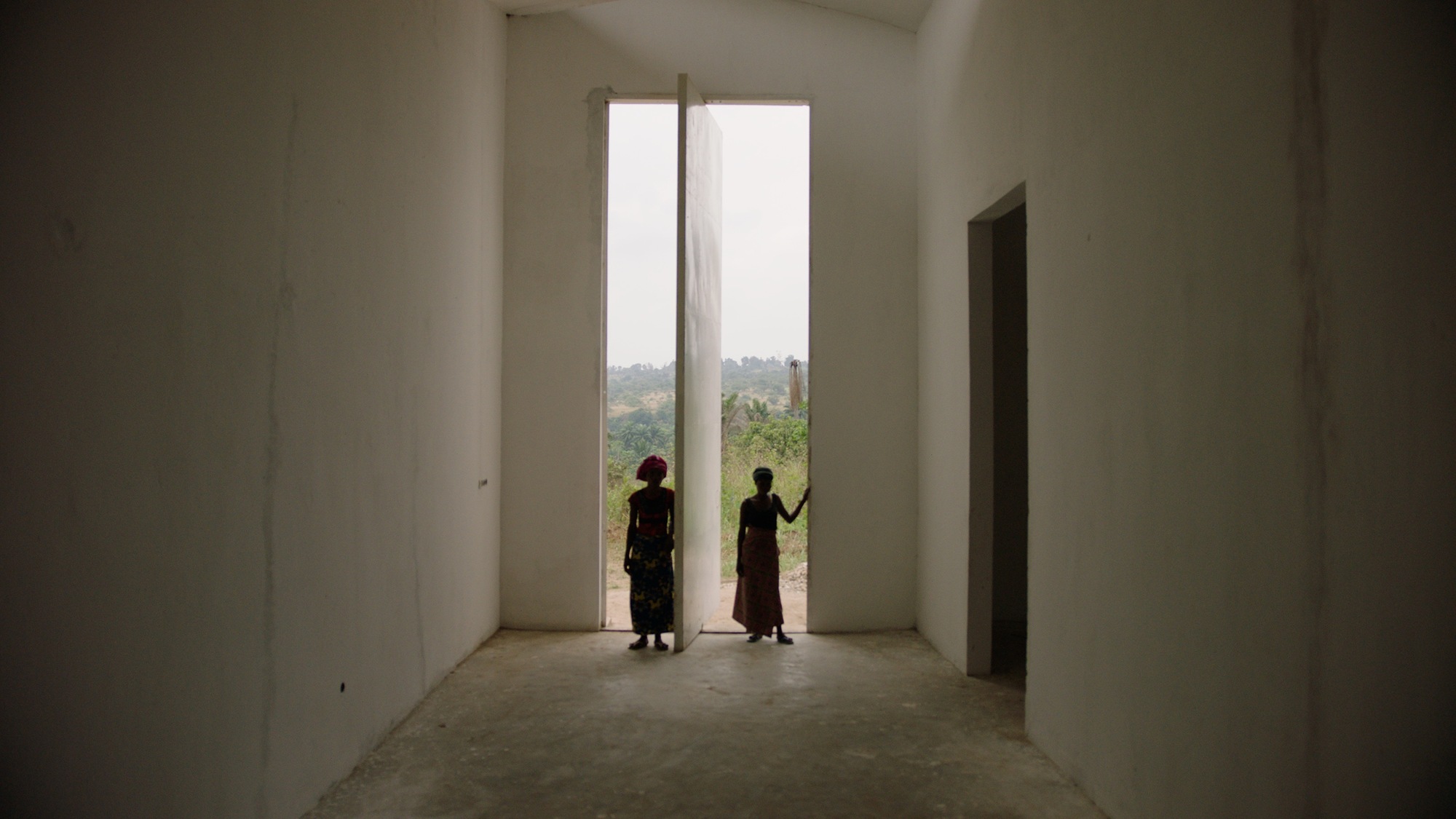
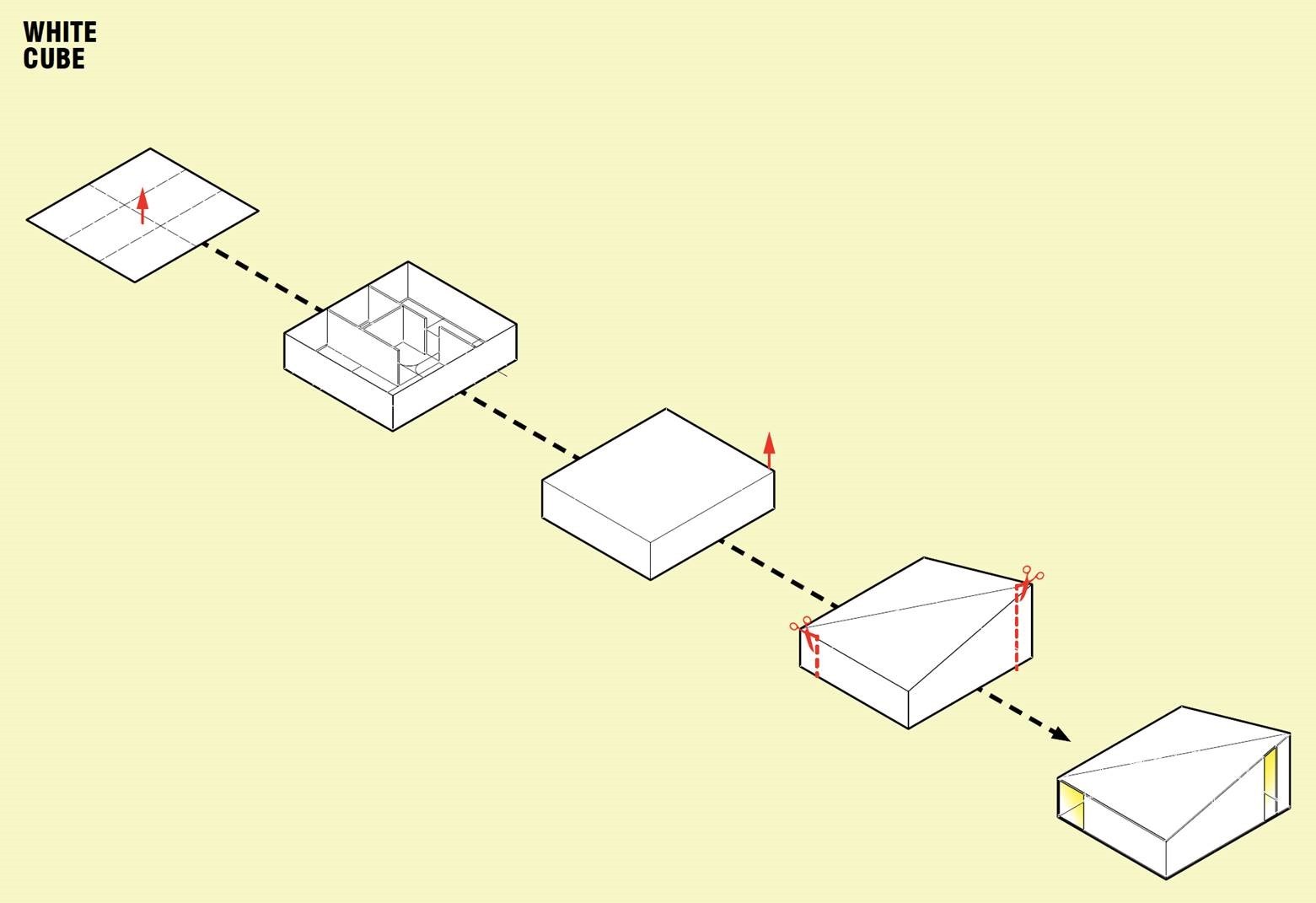
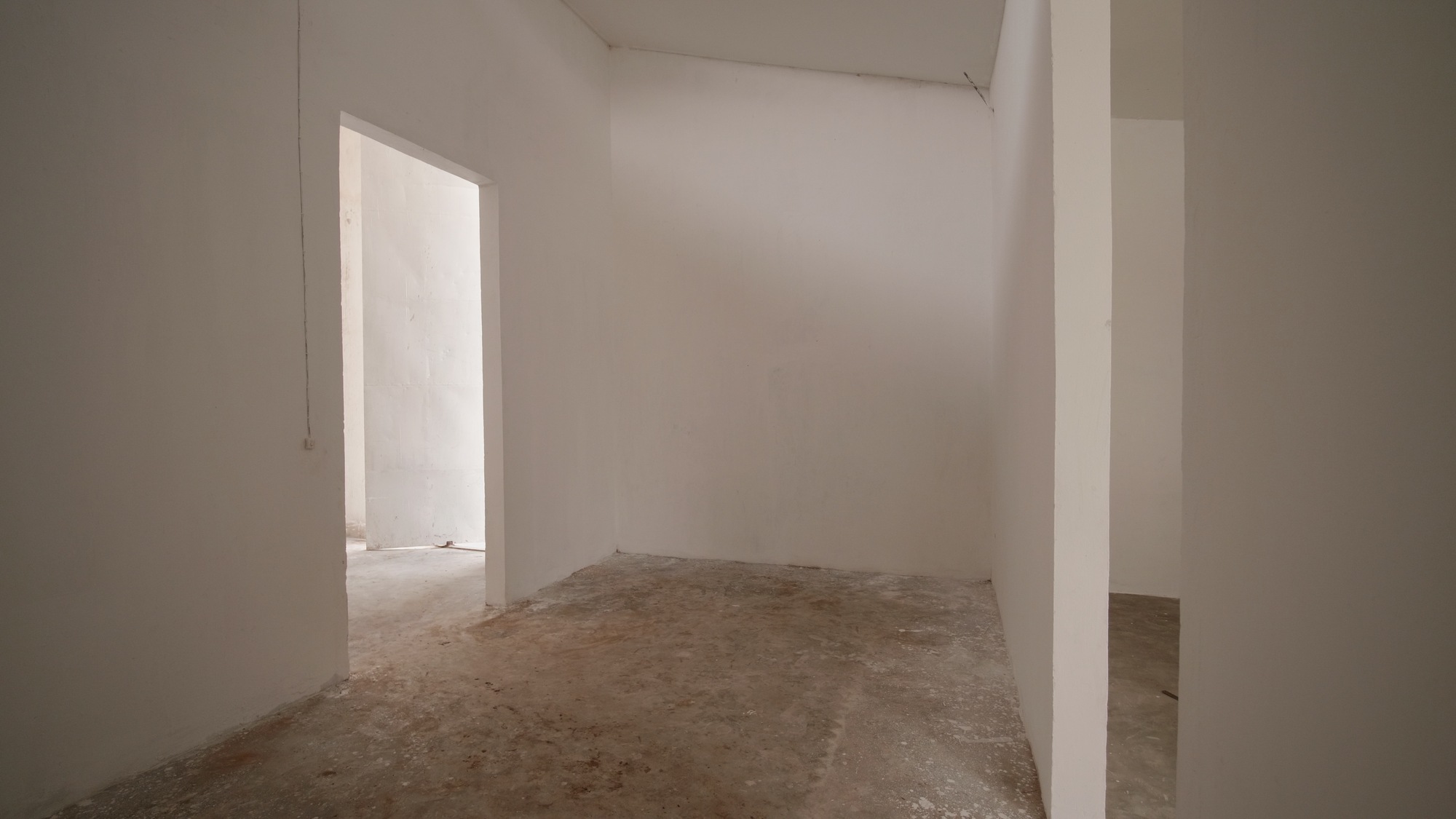
Designed for this new art economic model, the LIRCAEI masterplan is divided into three vertical bands in response to the topography of the site, each of which highlighting a specific experience in art. The band at the lowest level accommodates a conference center for local artists and the community to discuss ideas for new works. The middle band has an atelier for making art. The band at the highest level features White Cube LIRCAEI—a museum for display and sales of art created by the African community. The infrastructure for art is sandwiched between fields for ecological farming and living quarters, both of which can expand as the community grows. Infrastructural improvements including water clearance, sustainable energy production, internet connection, and upgrade of access roads have been implemented throughout the masterplan.
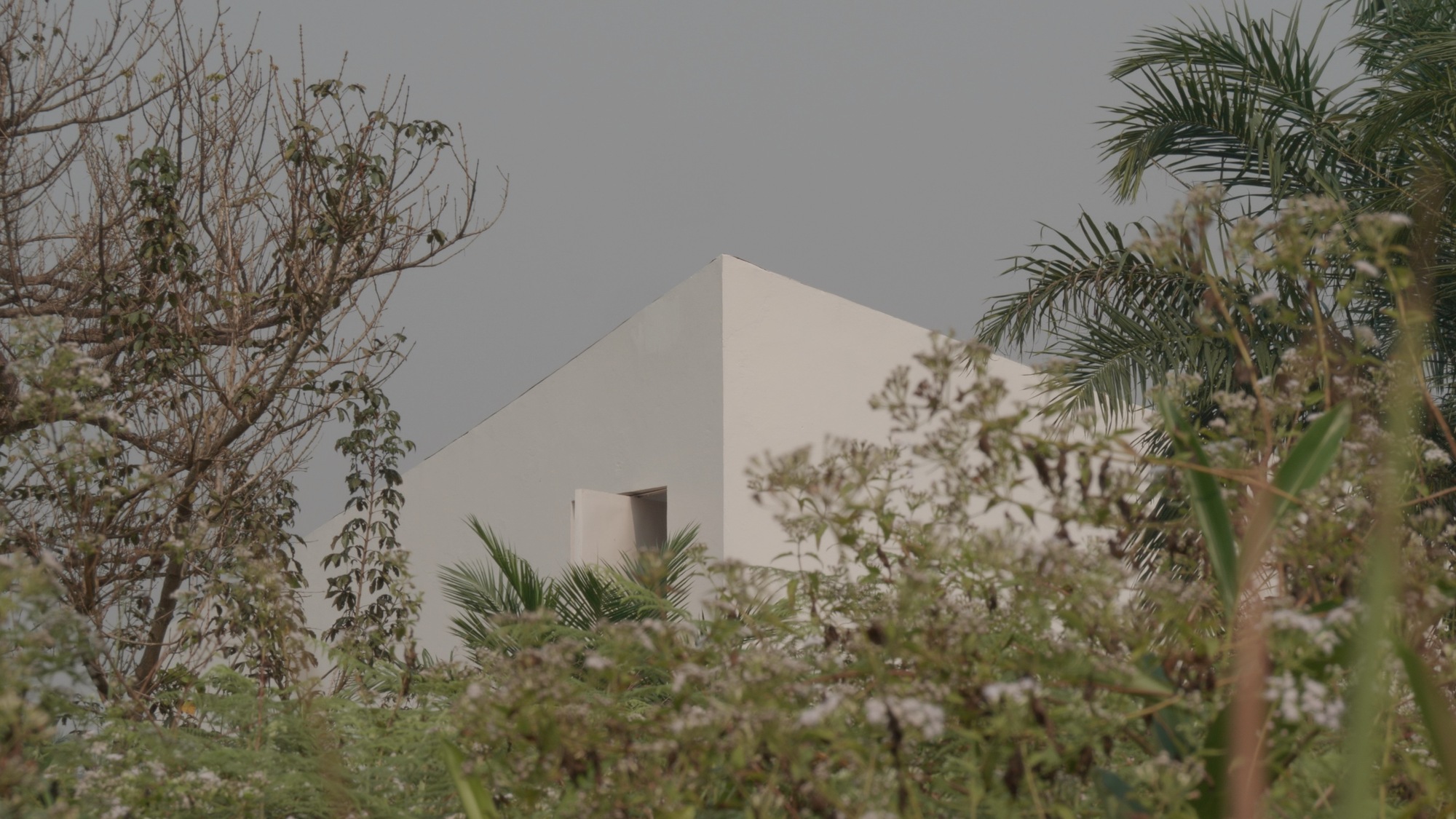
With an orthogonal plan and white surfaces, the 12m x 10.5m White Cube LIRCAEI is built with a slanted roof and a series of partitions to create a variety of spatial experiences. Close to the entrance, the high ceiling evokes contemporary art galleries in metropolises. The ceiling height decreases as a visitor meanders deeper into the museum for a more intimate art experience. The museum journey ends with a large window open to the fields for ecological farming—a connection between art and Congolese labours’ livelihood. Double walls with perforations, made with locally produced concrete, allow natural ventilation of the space and rainwater collection.

White Cube LIRCAEI is part of a communications campaign to address inequality in the art economy. The structure is featured in White Cube, a documentary on the subject by Dutch artist and filmmaker Renzo Martens in collaboration with the Cercle d’Art des Travailleurs de Plantation Congolaise (CATPC). The film will premiere in Lusanga, and at the international feature film competition at International Documentary Film Festival Amsterdam.
